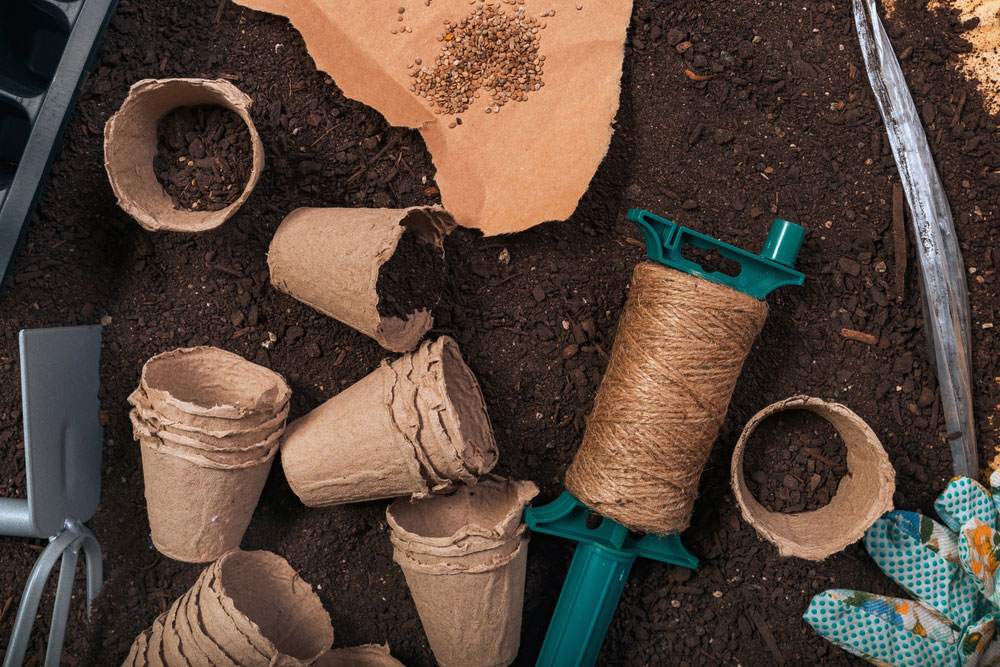
As consumers become more environmentally conscious, the demand for sustainable packaging continues to grow. In this blog post, we will explore some of the most promising innovations in sustainable packaging, as well as the challenges that must be addressed to fully realize the potential of these innovations.
Biodegradable and Compostable Materials

One of the most promising innovations in sustainable packaging is the use of biodegradable and compostable materials. Biodegradable materials, such as plant-based plastics, break down naturally over time and do not leave behind harmful residues. Compostable materials, such as cornstarch-based materials, are designed to decompose quickly and enrich the soil. These materials can be a viable alternative to traditional plastics, which can take hundreds of years to decompose and are a major source of pollution in the environment.
However, the proper disposal of biodegradable and compostable materials is essential to ensure their environmental benefits. Waste disposal systems that prioritize recycling and composting can help divert these materials from landfills.
Recycled Materials

Another innovation in sustainable packaging is the use of recycled materials. Recycled materials, such as recycled paper or plastic, reduce the need for new resources and divert waste from landfills. Many companies are now using recycled materials in their packaging, and some are even using post-consumer recycled materials, which are recycled from consumer waste.
Recycling is a key component of waste disposal and a critical step in reducing environmental impact. Improving recycling infrastructure and increasing consumer education can help ensure that recycled materials are effectively reused.
Design Features
Design is also an important aspect of sustainable packaging. Design features such as minimalism, size optimization, and modularity can reduce material usage and waste. Additionally, packaging designs that are easy to recycle or reuse can help to reduce waste and environmental impact.
However, designing for sustainability is not always straightforward. Balancing functionality, aesthetics, and environmental impact can be a challenge, and often requires collaboration between designers, manufacturers, and waste disposal experts.
Challenges and Costs
Despite these promising innovations, there are also challenges that must be addressed to fully realize the potential of sustainable packaging. One challenge is the lack of infrastructure for composting and recycling. Biodegradable and compostable materials are only beneficial if they are composted or disposed of properly, but many municipalities do not have the necessary infrastructure to process these materials. Similarly, the recycling of materials can be limited by inadequate facilities and a lack of consumer education.
Another challenge is the cost of sustainable packaging. Biodegradable and compostable materials can be more expensive than traditional plastics, and the use of recycled materials can also increase costs. These additional costs can make it difficult for companies to switch to sustainable packaging, especially for smaller businesses.
In conclusion, sustainable packaging is an important aspect of waste disposal and recycling that can help reduce environmental impact. Biodegradable and compostable materials, recycled materials, and design features can all contribute to more sustainable packaging, but the lack of infrastructure and higher costs can be barriers to widespread adoption. As consumers continue to demand more sustainable options, it is important for businesses and policymakers to work together to create a more sustainable future for our planet.
